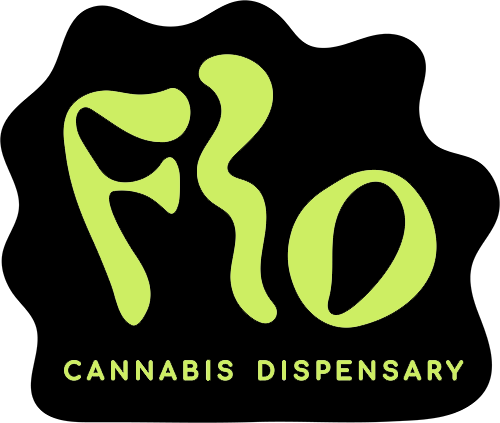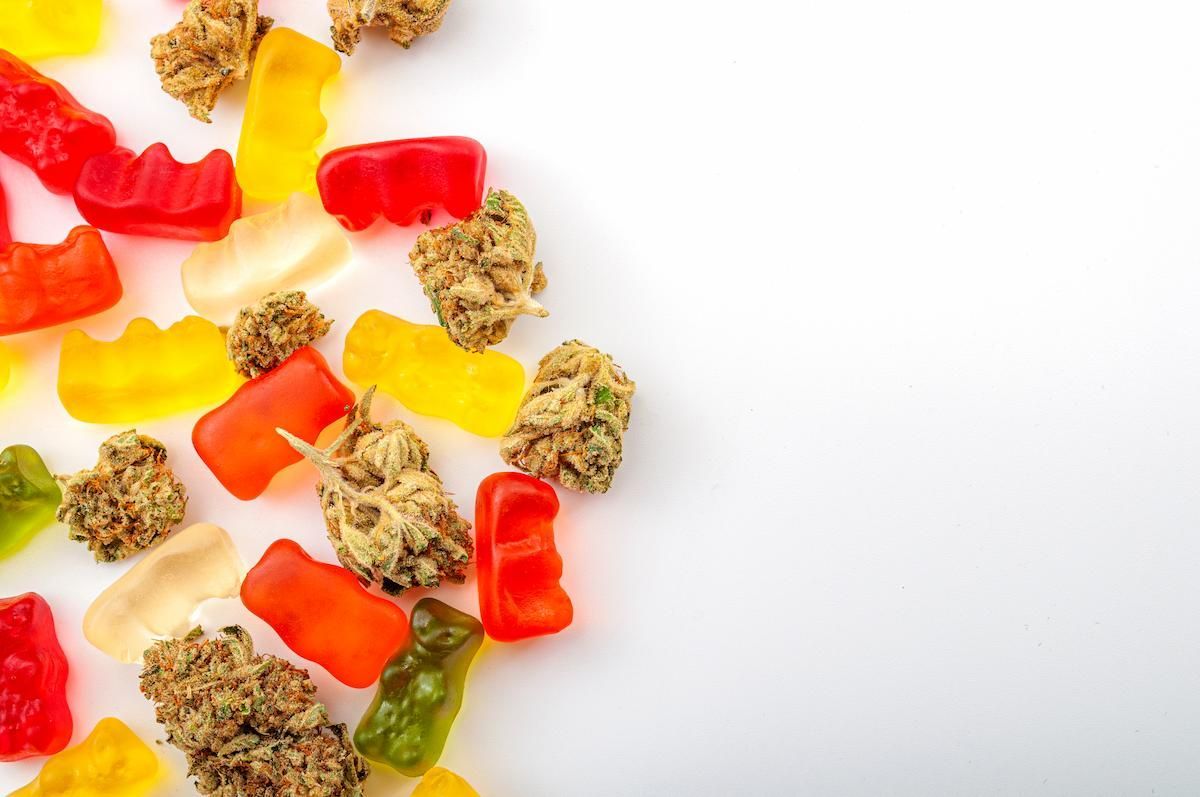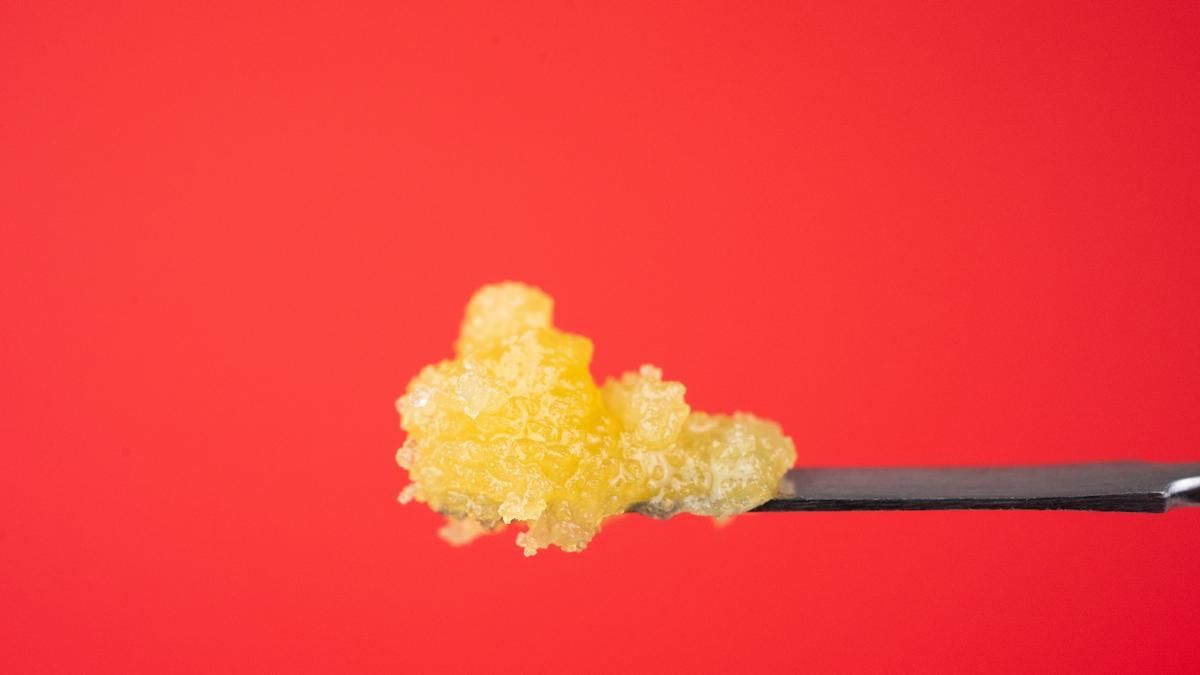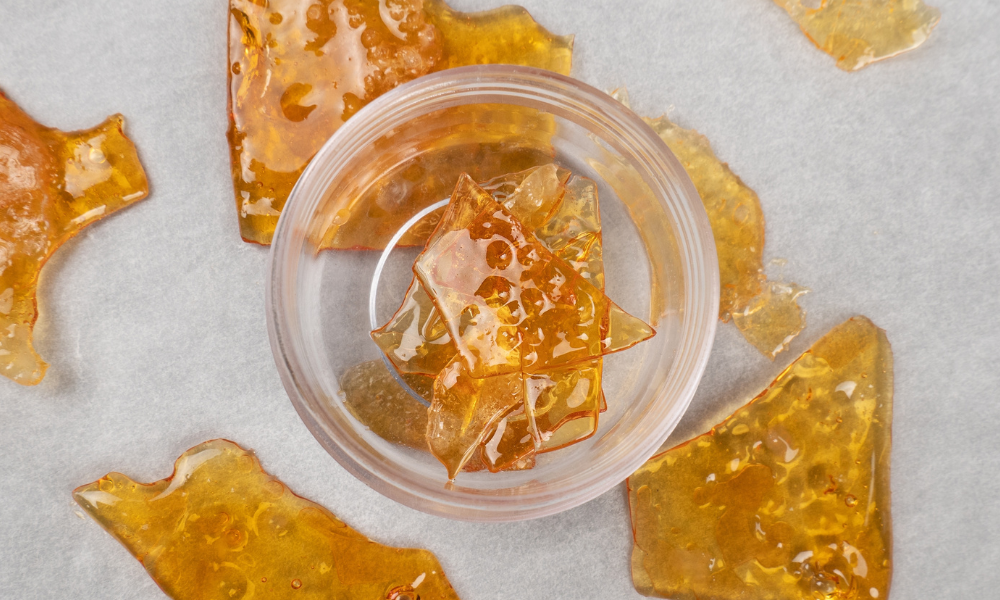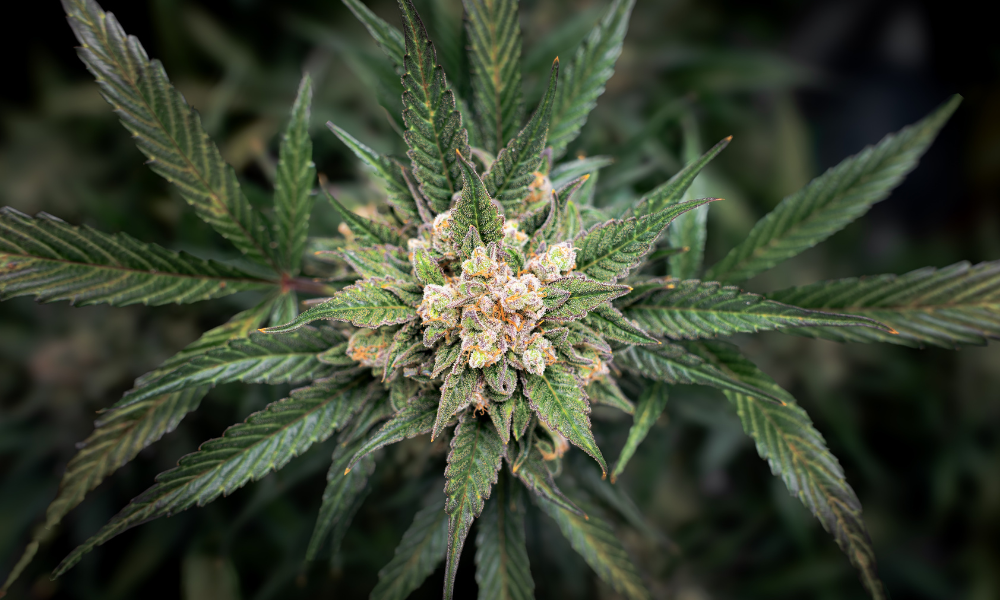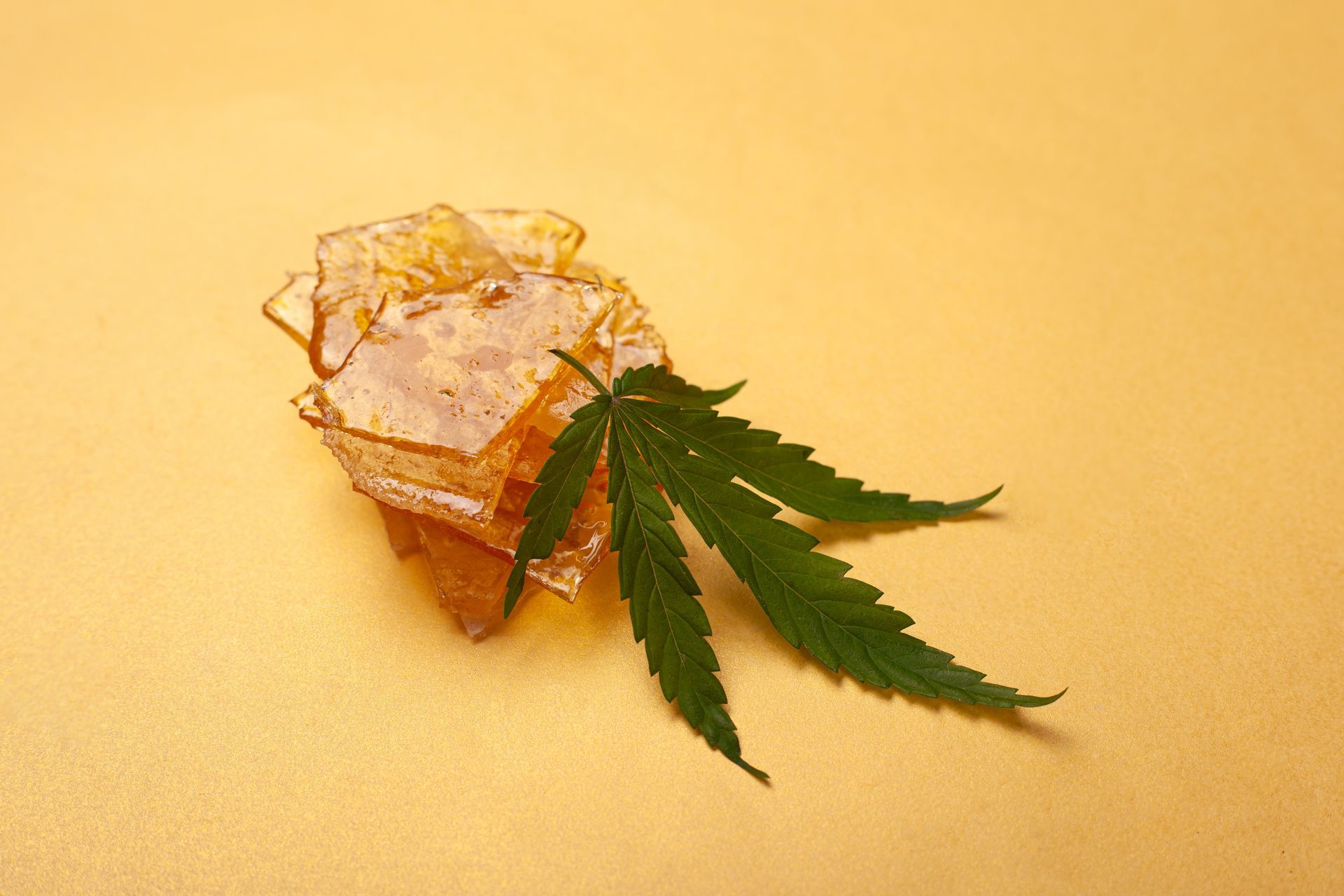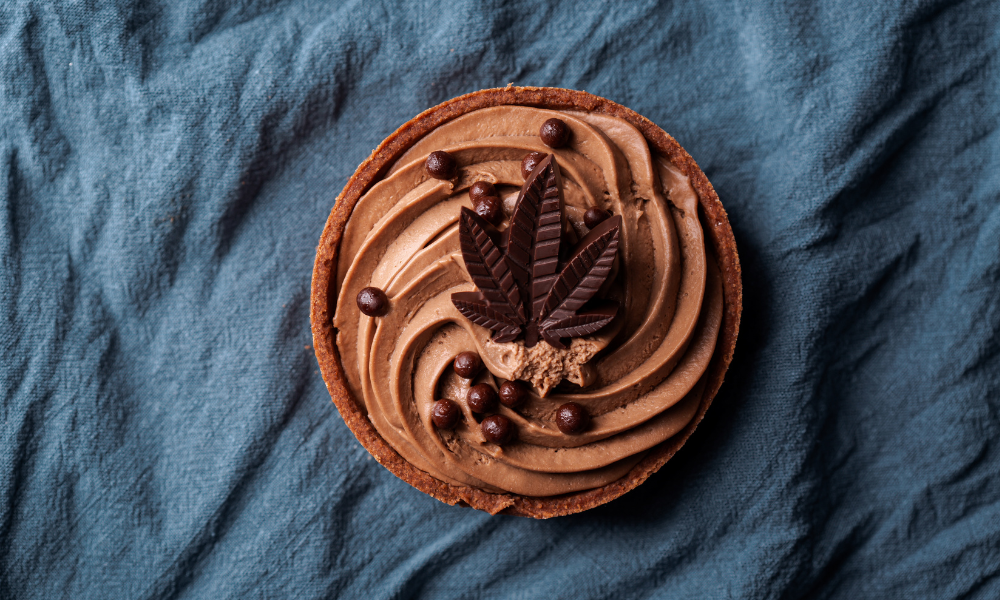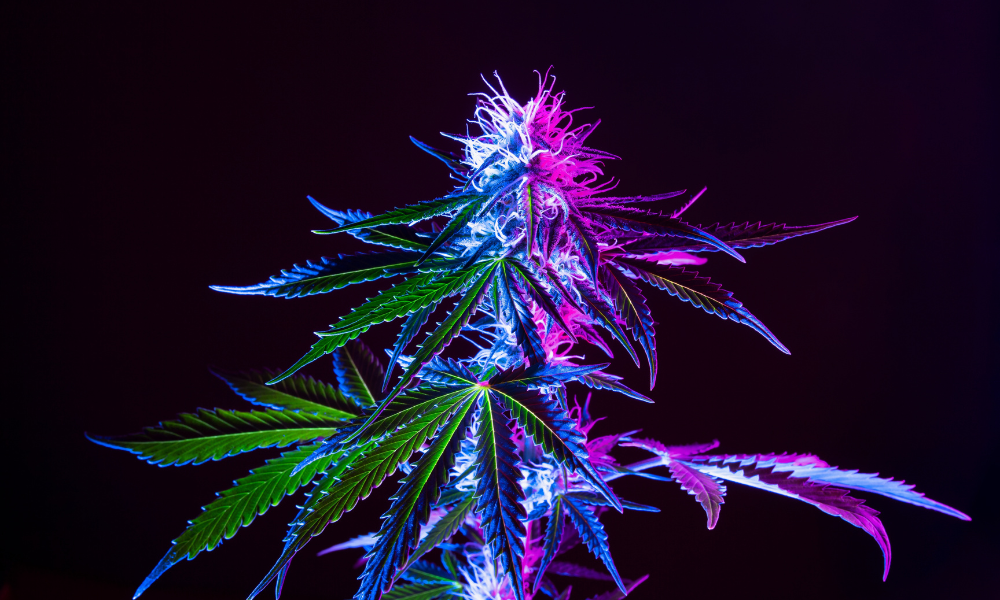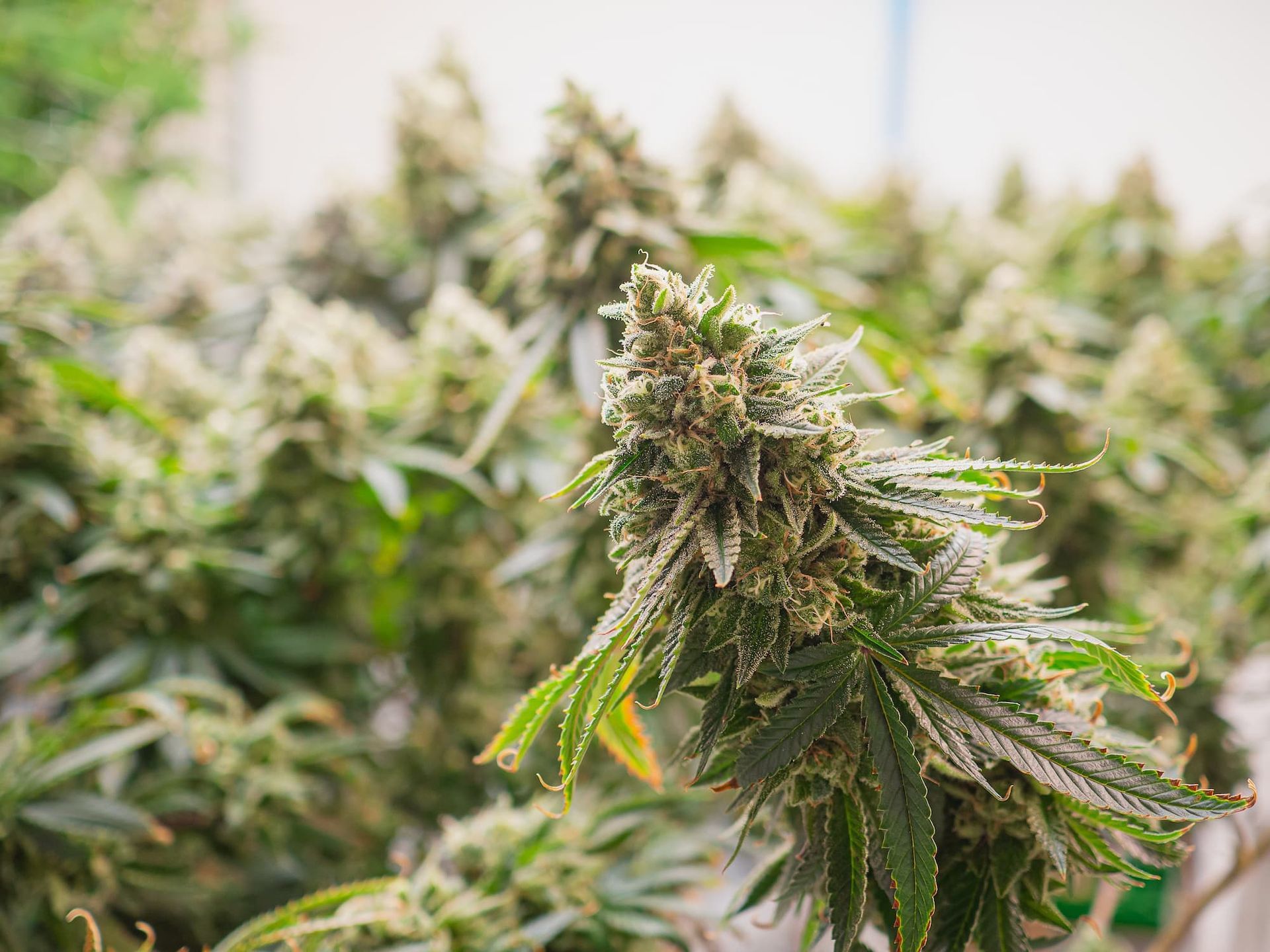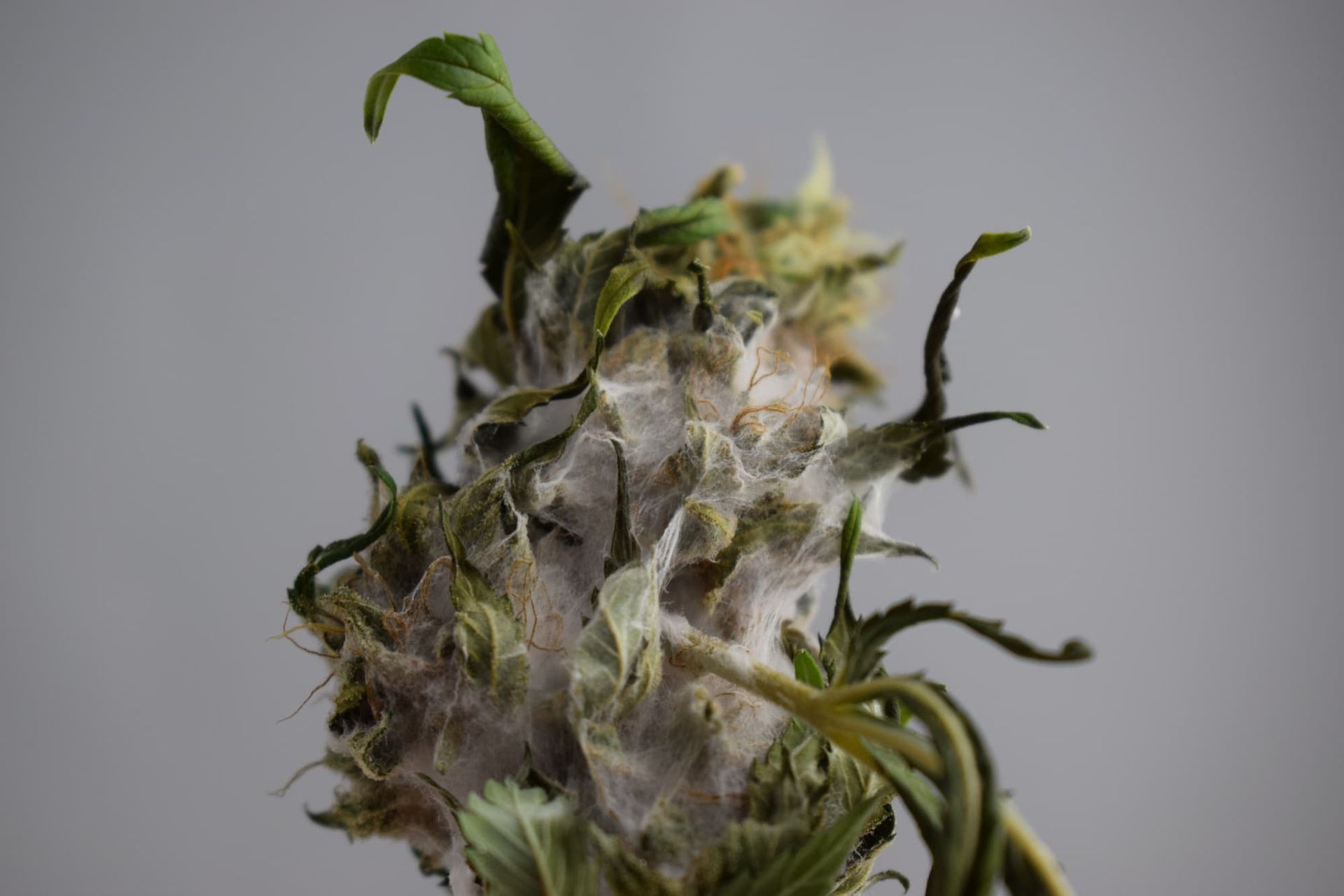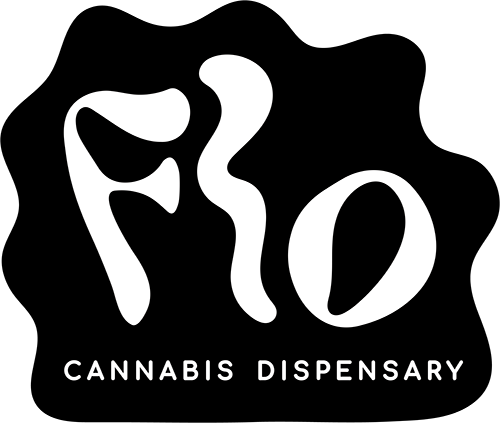What Are Terpenes & What Do They Do: Aromas, Effects & Benefits
What Are Terpenes & What Do They Do: Aromas, Effects & Benefits
Terpenes are key to understanding cannabis’s unique characteristics. If you've ever wondered, “What are terpenes in weed?” They’re the compounds behind each strain’s aroma and flavor. Knowing about terpenes helps consumers choose strains that match their preferences. Explore their origins, effects, and role in the cannabis experience.
Understanding Terpenes: Enhancing Your Cannabis Experience
Cannabis isn't just about THC and CBD. Terpenes, the aromatic compounds found in many plants, are key players in shaping the unique character of each cannabis strain. These molecules do more than just create the distinctive scents of different weed varieties; they're integral to the plant's survival and may even influence how cannabis affects users.
The cannabis plant produces terpenes and cannabinoids in the same glands, working together to create their essential oils. Terpenes protect the plant from pests and environmental threats and attract pollinators, ensuring the species' survival.
Terpenes help cannabis enthusiasts refine their experience. Understanding terpene profiles allows for better strain selection based on effects and preferences. Whether you seek relaxation, energy, or specific flavors, terpenes guide your choice.
What Do Terpenes Do in Weed?
Ever wonder why some strains smell like lemons while others reek of diesel? That's terpenes at work. These aromatic compounds don't just give cannabis its distinctive scent; they're the unsung heroes shaping your entire weed experience.
Take Lemon Haze, for example. Its zesty citrus kick comes from limonene, a terpene also found in actual lemons. On the flip side, OG Kush's earthy, pine-like aroma? Thank pinene for that forest-fresh scent.
But terpenes aren't just about smell and taste. They team up with cannabinoids like THC and CBD in what's called the "entourage effect." This interaction may explain why different strains can make you feel energized, relaxed, or creative, even with similar THC levels.
While research still catches up, early studies hint at some intriguing possibilities. Myrcene, one of the most common terpenes in cannabis, might help you unwind after a long day. Limonene could potentially boost your mood. And caryophyllene? It might even help ease discomfort.
Understanding terpenes can transform your dispensary visits from guesswork into a personalized experience. Instead of just chasing THC percentages, you can choose strains that align with your desired effects, whether that's mellowing out or getting a creative boost.
Do Terpenes Get You High?
Contrary to popular belief, terpenes themselves don't get you high. These aromatic compounds lack the psychoactive punch of THC, cannabis's main ingredient. However, terpenes aren't just passive bystanders in your cannabis experience. They work behind the scenes, potentially influencing how THC affects you through the "entourage effect."
Think of terpenes as the supporting cast to THC's lead role. While they don't steal the show, they can certainly shape the performance. For example, myrcene might amplify THC's relaxing effects, while limonene could add an uplifting twist to your high. By paying attention to terpene profiles, you can fine-tune your cannabis journey to match your mood and desired effects.
Discover Your Perfect Cannabis Experience at Flo Dispensary
Exploring the world of terpenes adds a new layer to cannabis appreciation. You can make more informed choices at the dispensary by looking beyond THC and CBD percentages and considering terpene profiles. Whether you're seeking a specific flavor, aroma, or effect, terpenes help guide you to the perfect cannabis experience.
Ready to explore the terpene landscape? Stop by Flo Dispensary to discover a wide range of terpene-rich products. Our team can help you navigate the complexities of terpenes and find the perfect fit for your preferences. Contact us today for more information or stop into our store and explore the products we offer.
Featured Image: Gerain0812 / Shutterstock
